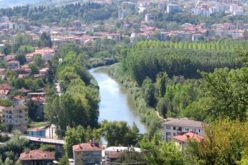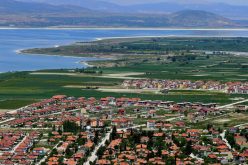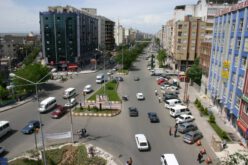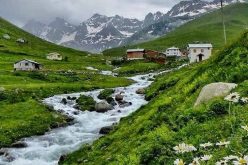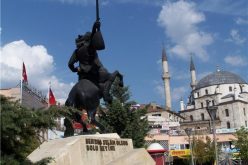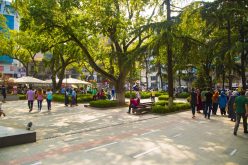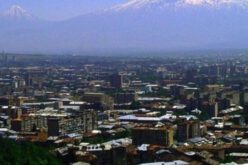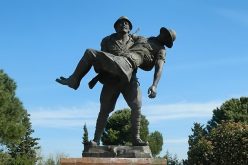Çorum
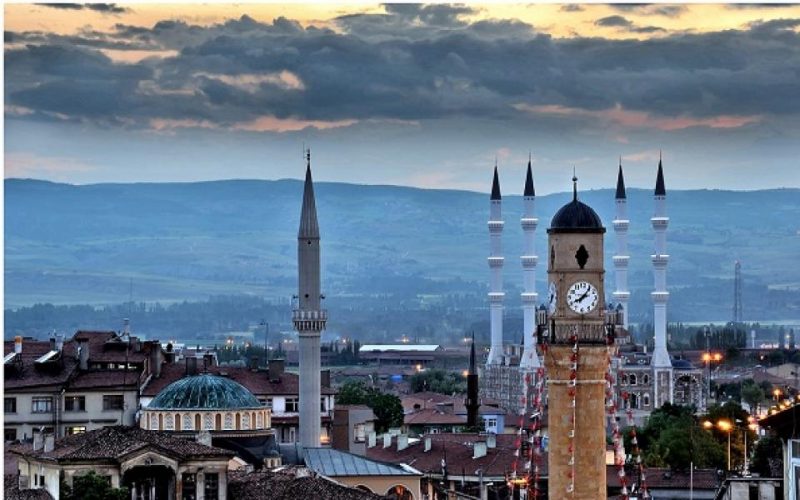
Corum
Corum is an Anatolian city that brings two geographical regions, Black Sea and Central Anatoli in the Turkey. It is located in a very important historical region where you can find signs of earliest civilizations all around you.
Many civilizations grew up around this region, but the city is mostly well-known for its Phyrgian and Hittite archaeological sites. Corum was the home for the human settlements of the Neolithic, Paleolithi, Chalcolithic periods, 300,000-70,000 BC. It was captured by Hittite Empire between 1650-1200 BC. The Empire’s capital city Hattusa was located in this region. The reason that Hittites chose Hattusa to be the capital city is because of the inherent geographical protection, and also because of the stable local economy by the regional Karum system.Right after the collapse of Hittite Empire, Phyrgian Empire captured the city and kept it as stabilized as it was before. After the Phyrgian Empire, the city ruled by many other well known ancient civilizations which are; the Medes, the Persians, Macedonians, Galatians, the Romans, the Byzantines, the Selcuks, and the Ottomans in the fourteenth century. In the 13th century, the Seljuks built the famous Ulu Mosque, and it draws many tourists in our days for its beautiful architecture.
Places to Visit ;
There is so much to see in this ancient city.
Corum Museum: It was built in 1968. In this museum, visitors can see written documents, vases, and bronze swords from Hittite period, coin collection from Byzantine and Islamic periods, glass, gold and silver ornaments, statues, candles, and Hellenistic ceramic works from Roman period. Ancient Cities: Hattusha, the capital city of Hittites, is located in Corum, and it is in UNESCO’s “World Cultural Heritage List” since 1986. The cuneiform tablet archives located here are also in UNESCO’s “Memory of the World list” since 2001. Hattusha was discovered by the French architect Charles Texier in 1834. Bogazkoy-Hattusha ruins can be visited from 8:00am to 5:00 pm every weekday. During tourism season, hours are extended up to 7:00pm.
Yazılıkaya Temple: It is the largest and most impressive holy places of Hattusha city. Yazilikaya Temple is hidden in the high rocks, which is located outside of the city. There are more than 90 gods, goddesses, animals and imaginary creatures on the surface of the rocks in the temple.
Alacahoyuk: The city was the cult and art center of four different eras: Calcholitic Age : 4000-3000 BC, Old Bronze Age : 3000-2000 BC, Hittite Period : 1800-1200 BC, and Phrygian Period : from 750 BC. Temples, large buildings, private-block houses, streets, large and small water canals, city walls, and Tunnel monumental gates from the Hittite Empire period, and princes’ graves with their possessions, golden and silver containers, weapons, gold and silver jewelery, and animal sculptures made of bronze and clay from 4th century B.C. are only some of the fascinating things that one can see in Alacahoyuk.
Ortakoy (Sapinuva): The city was an important military and religious center in Hittite period. Many written military and religious documents were found in this city. Based on these written documents, it is know that the royal family of Taduhepa lived in this city. Hüseyin Gazi Mosque. The complex, 3km away from Alaca, contains madrasa, tomb, a soup kitchen, guest house, fountain and pool. The structure, which used to belong to General Directorate of Foundations but was sold to a person, dates back to 13th century. ( The Madrasa part has been explained in Madrasa link, and Tomb part is explained in Tomb link) Today, the structure has been surrounded with wire and walls by its owner. Hüseyin Gazi Külliye consists of madrasa, the soup kitchen at the entrance of madrasa, tomb in the east part of madrasa, pool in the north part of madrasa, fountain in the north of yard and guest house which is used as store today.
Kalehisar Mosque (Behramşah Mosque). In Turkish named Kalehisar Külliye dating back to Seljuk Era consists of madrasa, bath, tomb and inn. ( The madrasa of Külliye is explained in Madrasa link.) The bath of the Külliye is in the southeast part of the madrasa. The structure has a square plan and it is demolished to the base. The inn is in the western part and only its bases are still there. The tomb belonging to Külliye is in the northern part. The square shaped tomb has only its arch today.
Demirşıh Tomb. The tomb in Sungurlu Demirşıh village has a rectangular shap and it consists of two square-like rooms. The first room was built again 25-30 years ago. The second room has its original shape. With a low and pointed arched door, you can pass to the tomb section. The place is covered with a tomb. The front lines have three windows and a niche. The construction material is yellow cut stone. It looks like Ottoman era tombs.
Koyunbaba Tomb. It is in Osmancık and built by Sultan Beyazıt II in 1469. It is on a high hill. As to Evliya Çelebi, a mosque, dining hall, feast hall, guest houses and lead covered tomb were built in the tomb. But the structures have only their bases but the tomb itself. The door of the tomb which has two wings and carved is still under protection in Corum Museum. The tomb was restored by General Directorate of Foundations in 1989
Write a Comment
Only registered users can comment.

